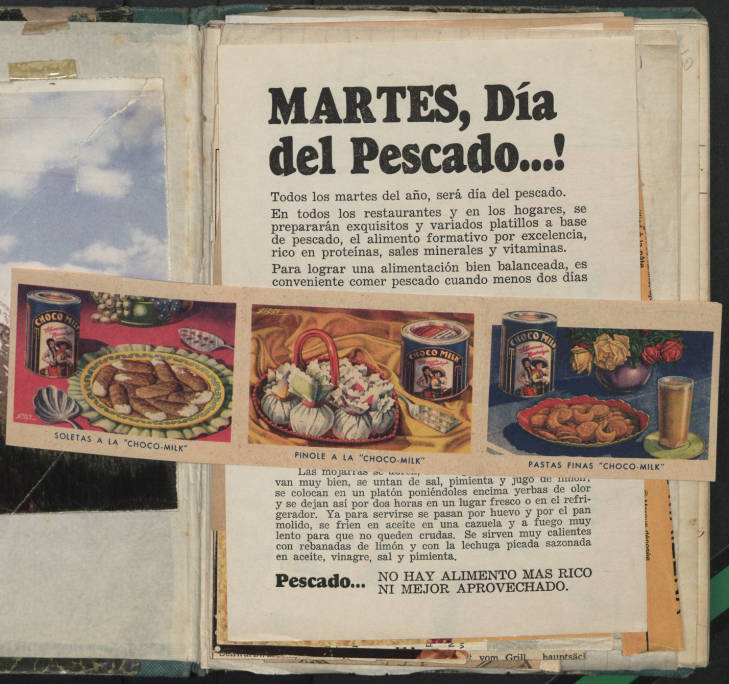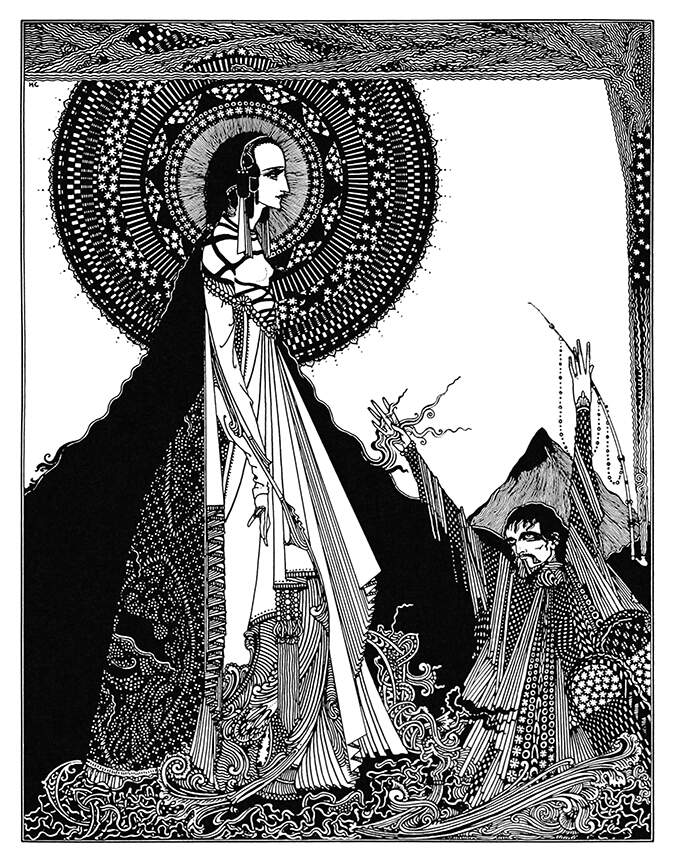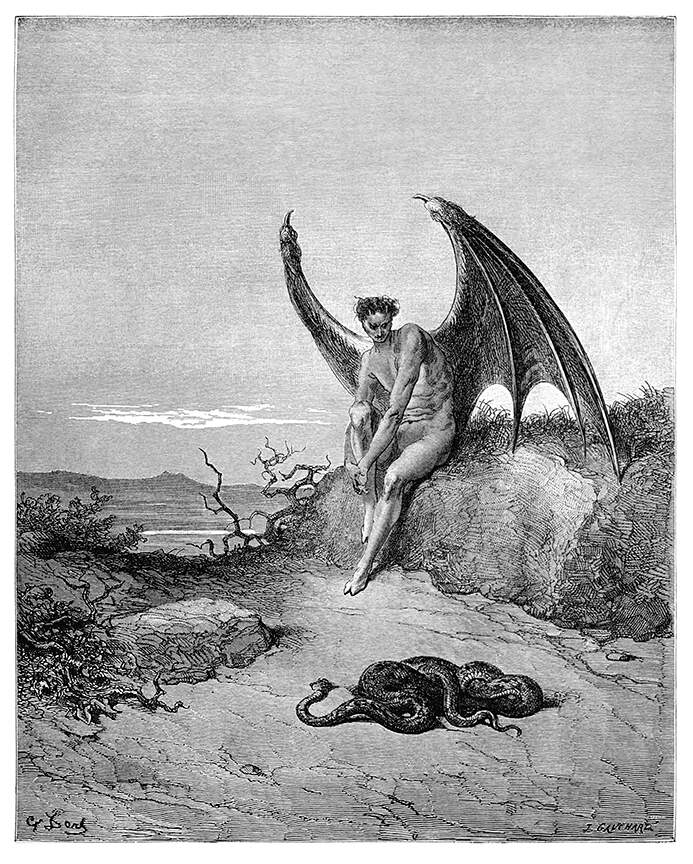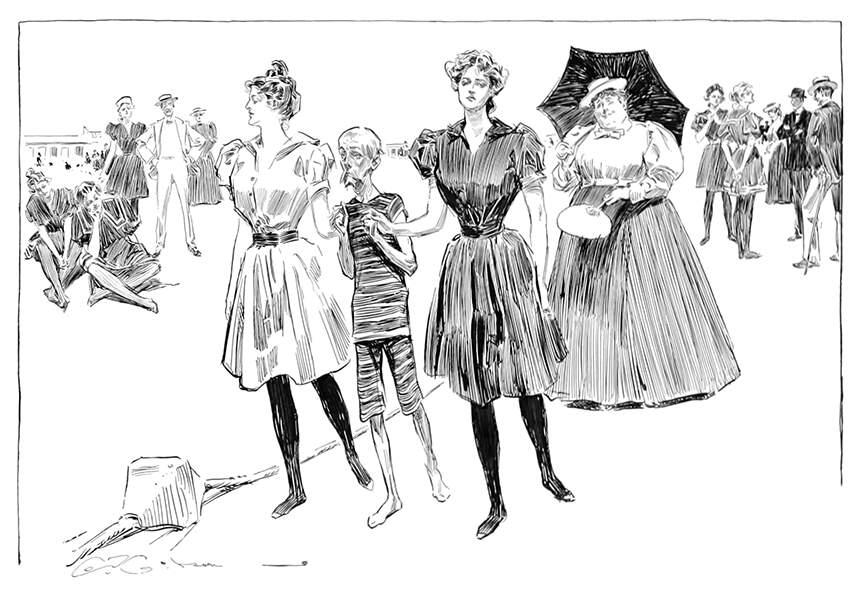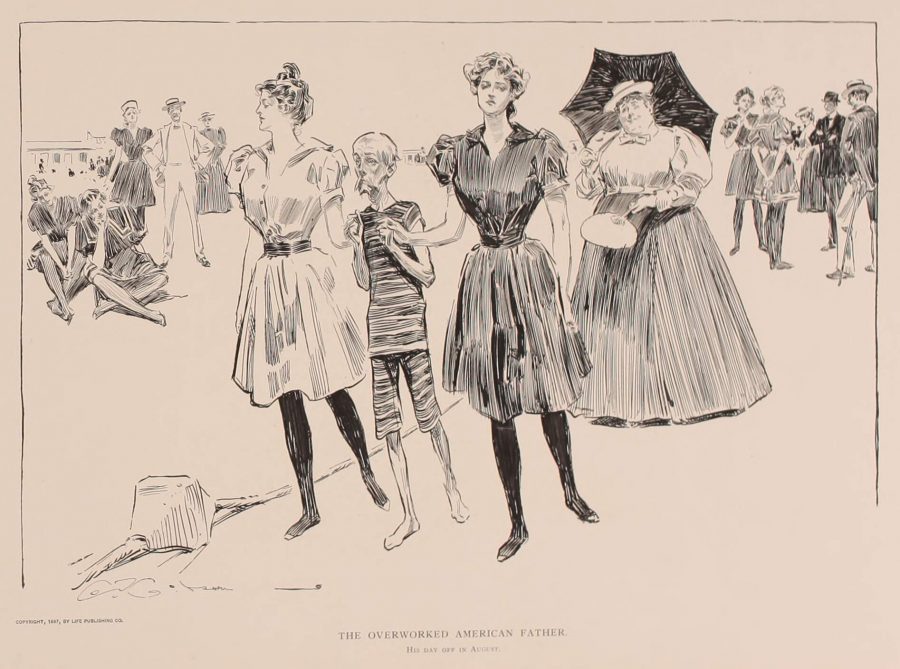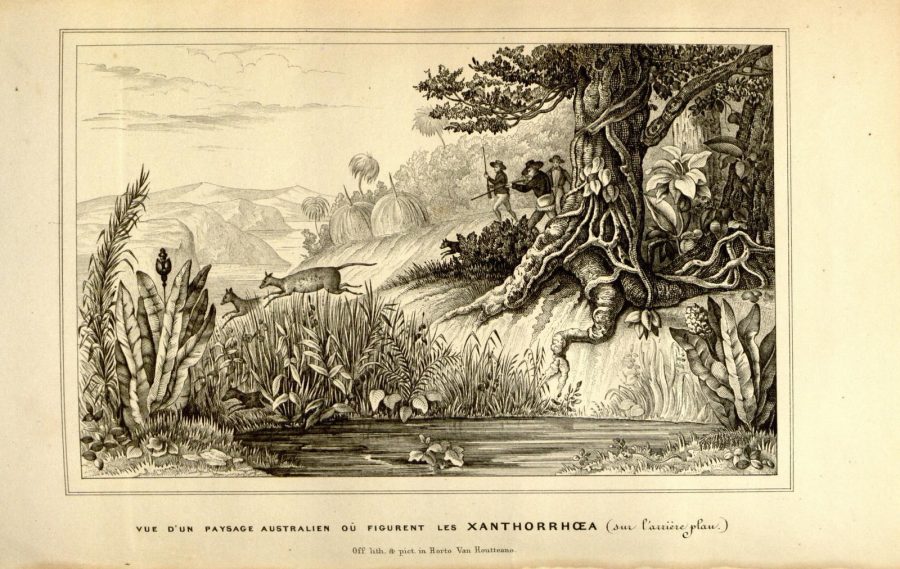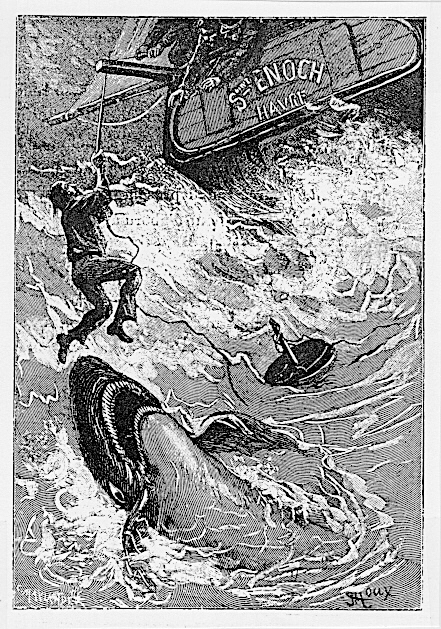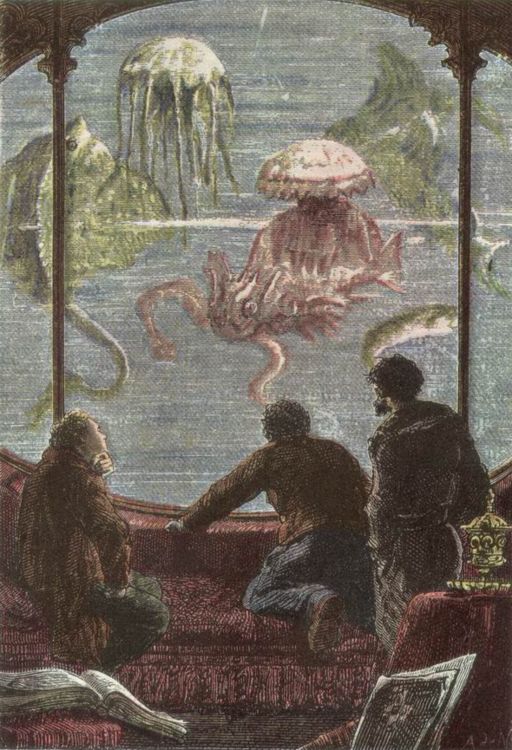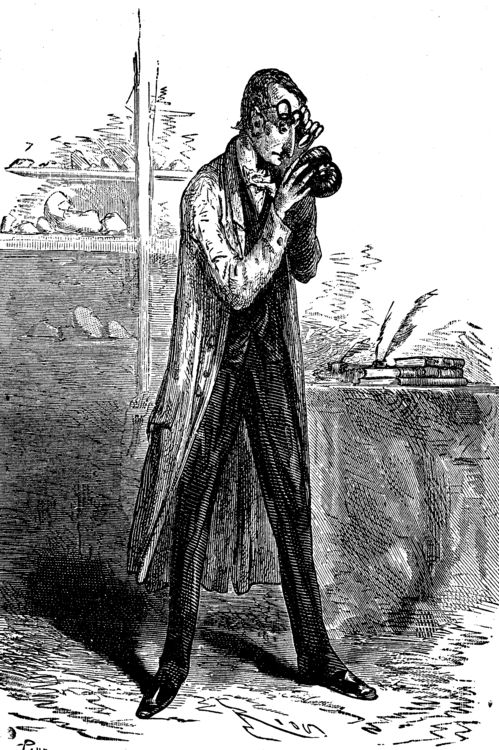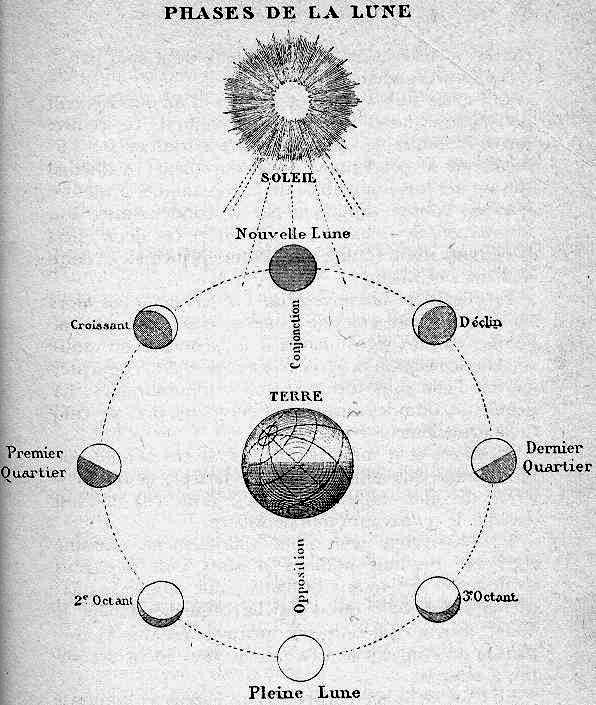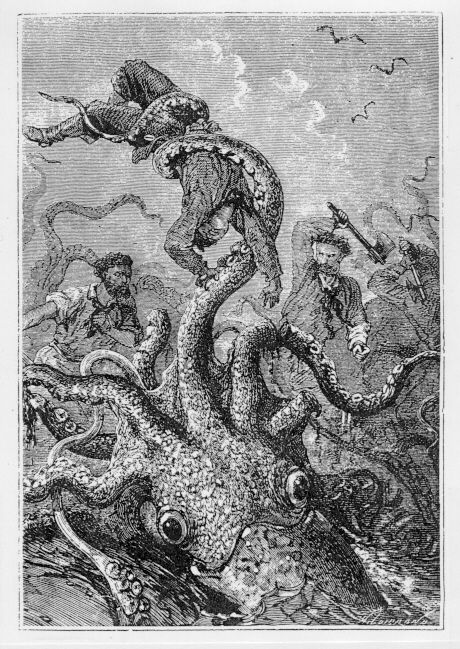There’s been a lot of talk about the blurring of national and linguistic boundaries at the Academy Awards this year. Have we entered a new era of moviemaking internationalism? “History, that never-failing fount of irony,” writes Anthony Lane at The New Yorker, “may be of assistance at this point.” When Louis B. Mayer first proposed the Academy in 1927 at the Ambassador Hotel in Los Angeles, it was to be called the International Academy of Motion Picture Arts and Sciences. “The word ‘International’ didn’t last long. It smacked of places other than America, so it had to go.”
As every student of the medium knows, however, not only have various international styles dominated film since its inception, but so too have various international cinematic languages—among them the production of abstract “visual music” films like those pioneered by German-American artist and filmmaker Oskar Fischinger, who worked on the special effects for Fritz Lang’s 1929 Woman in the Moon, created several dozen short films, and inspired Walt Disney’s Fantasia.
Fischinger’s work also inspired another, far less famous American filmmaker, Mary Ellen Bute, a Houston-born, Yale-educated animator and experimental director who “produced over a dozen short abstract animations between the 1930s to the 1950s,” notes Ubuweb, “set to classical music by the likes of Bach, Saint-Saens or Shostakovich, and filled with colorful forms, elegant design and sprightly, dance-like rhythms.” See several of her short films above and below.
Bute collaborated with many prominent creators, including composer Joseph Schillinger, musician and inventor Thomas Wilfred, Leon Theremin, animator and director Norman McLaren, and cinematographer Ted Nemeth, whom she married in 1940.
The films in Bute’s Seeing Sound series are “like a marriage of high modernism and Merrie Melodies”—and the shorts proved so compelling they were screened regularly at Radio City Music Hall in the 1930s.
Like Fischinger’s, her animations spoke a purely abstract language, though they sometimes gestured at story (as in “Spook Sport,” further down). “We need a new kinetic, visual art form—one that unites sound, color and form,” she told the New York World-Telegram in 1936. She conceived of sounds and images as working in harmony or counterpoint, along the same mathematical principles. “I wanted to manipulate light to produce visual compositions in time continuity,” Bute wrote in 1954, “much as a musician manipulates sound to produce music.”
The language of film has narrowed considerably in the decades since Bute made her films, it seems, excluding experiments like visual music. In so doing, contemporary cinema—with its reliance on narrative plotting and dialogue as its central engines—has excluded a significant part of the human experience. In her last film, her only feature, Bute adapted passages from James Joyce’s Finnegans Wake, a book that turned literature into music as Bute had sought to do with film.
She opens her Finnegans Wake with title cards bearing quotations from Joyce, including a quote she also used to explain her transition from abstract, animated film to a movie with actors and sets: “One great part of every human existence is passed in a state which cannot be rendered sensible by the use of wide-awake language, cut-and-dry grammar and go-ahead plot.” Such modernist abstraction in cinema, Bute wrote, adds up to more than “novelty,” a word sometimes used to describe her work to the public. Like Joyce, her use of abstraction, she wrote, “is about the essence of our Being.”
via @reaktorplayer
Related Content:
Optical Poems by Oskar Fischinger, the Avant-Garde Animator Hated by Hitler, Dissed by Disney
The First Avant Garde Animation: Watch Walter Ruttmann’s Lichtspiel Opus 1 (1921)
Watch “Bells of Atlantis,” an Experimental Film with Early Electronic Music Featuring Anaïs Nin (1952)
Watch the Meditative Cinepoem “H20”: A Landmark Avant-Garde Art Film from 1929
Josh Jones is a writer and musician based in Durham, NC. Follow him at @jdmagness



